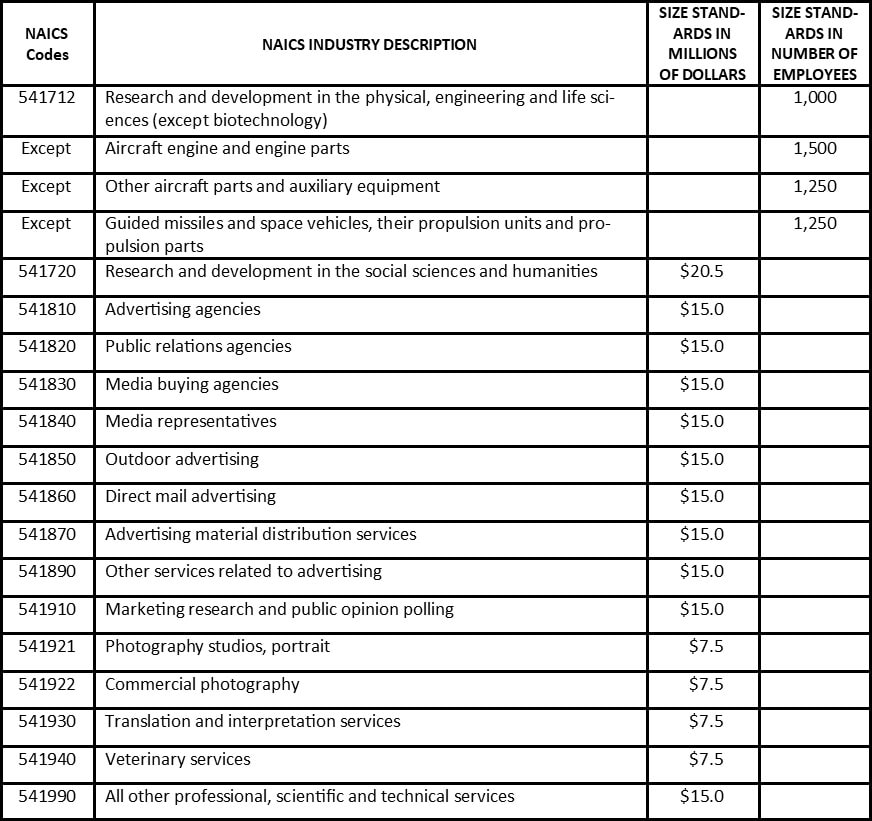|
Regardless of the size of your business, all business transactions from the sale of your products/services, as well as expenses paid should be kept separate from your personal finances. This practice is not only fundamentally sound, but it also alleviates confusion in recordkeeping, budgeting and filing income taxes. Commingling of business and personal finances is never a good idea.
After receipt of your FEIN (you can use your social security number if you’re a sole proprietorship with no employees), and your fictitious business name filing, open a separate bank account for your business. Be sure to select a banking institution that specializes in dealing with small businesses. These banking professionals are familiar with the needs unique to small business, offering products and services specifically geared to them. Any monies (e.g., cash, checks, money orders, electronic payments) earned from the sale of your products or services should be deposited into your business bank account. When accepting cash, it’s not unusual for a business owner to collect monies and spend it without properly recording it. The downside to not depositing these funds is that they won’t appear on your bank statement and could possibly be missed when filing your income taxes. Consequently, when you’re ready to borrow money, it’ll be difficult to prove to a lender how or if your business has been profitable. In addition, use your business bank account to pay all the bills and expenses of your company. In doing so, you will be able to easily track all disbursements made. This will help you in making sound business decisions, monitoring and managing cash flow, and preparing financial statements. Excerpted from, "The Start of Something BIG: Your Ultimate Guide to Writing a Dynamic Business Plan." Find us on Amazon at http://amzn.to/2s1c7C0
0 Comments
Starting off with a small number of products/services directed towards a unique and select customer base can be most beneficial. In servicing any niche market, you will need to be laser focused on the specialty of your product/service and how it meets the specific needs of customers.
One major advantage of offering products/services to a specific group is that it is more cost effective to promote. For example, if your product/service is geared to the likes of only those of a certain demographic (e.g., young females, ages 10 to 15, attending private school), then your marketing dollars can be specifically directed towards them. This then excludes all adults both male and female, all females ages 9 and under and 16 and older, all young males, and all females attending public school or home schooled. Give yourself plenty of thought time for making product/service offering decisions before settling on any. It’s important that you do much contemplation before making a large investment of time, money and energy at this point. Allow yourself the flexibility to make crucial changes very early on. In addition, decide on a product/service line that can be augmented for future business growth. This allowance of time is particularly important in a product-oriented business where costs for design, development, patents, prototypes, equipment, machinery, production, alpha and/or beta testing, inventory, etc. can be considerably high. But even after an investment of this type is made, a good entrepreneur knows when to give up on an idea because it simply does not work. It could be due to the wrong timing of its launch, the wrong market, poor execution, poor management, inadequate suppliers, materials, shortages, or a multitude of other reasons. Excerpted from, "The Start of Something BIG: Your Ultimate Guide to Writing a Dynamic Business Plan." Find us on Amazon at http://amzn.to/2s1c7C0 There are many business, financial and contracting advantages for being a small business. So, how do you know whether your business is a small business? Chapter 13 of the Code of Federal Regulations (CFR) Part 121 (13 CFR 121) are the small business size standards established by the SBA. It is a numerical definition for all for-profit industries. Size standards represent the largest size that a business (including its subsidiaries and affiliates) may be to remain classified as a small business concern by NAICS codes in dollars or number of employees. In determining what constitutes small business, the definition varies based on the industry. The purpose of using size standards is to make a determination as to the eligibility for SBA’s financial assistance and other programs, as well as federal government procurement programs designed to help small businesses. Below is a partial size standards table as an example:  To determine the size standard for your business, visit the SBA website at https://www.sba.gov/sites/default/files/files/Size_Standards_Table.pdf. Excerpted from, "The Start of Something BIG: Your Ultimate Guide to Writing a Dynamic Business Plan." You can find us on Amazon at http://amzn.to/2s1c7C0. |
Author
Kimberly L. Johnson is an author and business development professional specializing in business start-up and business development. Archives
May 2018
|
